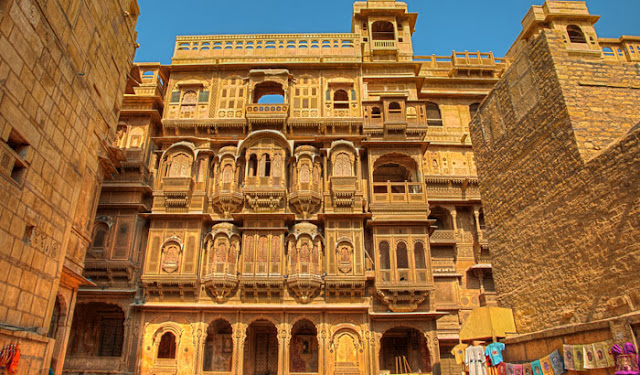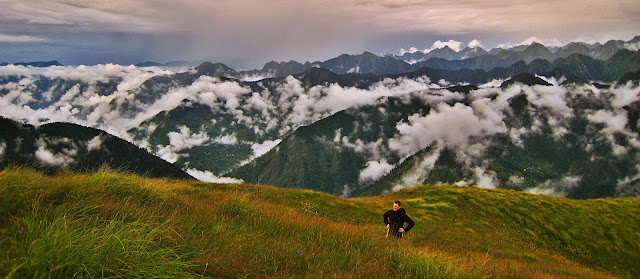#ashokasays Did you know 288:
Unakoti hill, literally meaning, one less a koti (crore) in Bengali, hosts an ancient Shaivite place of worship with huge rock reliefs celebrating Shiva. It is the prime tourist spot of Unakoti Tripura which lies about 178km from Agartala, Tripura.
It is Shaiva pilgrimage and dates back to 7th – 9th centuries if not earlier. The marvelous rock carvings, murals with their primitive beauty, waterfalls are not to be missed.
While the marvellous rock carvings, murals with their primitive beauty form the chief attraction, natural beauty including mountain scenery and waterfalls are an added bonus.
The images found at Unakoti are of two types: namely rock-carved figures and stone images. Among the rock cut carvings, the central Shiva head and gigantic Ganesha figures deserve special mention. The central Shiva head known as Unakotiswara Kal Bhairava is about 30 feet high including an embroidered head-dress which itself is 10 feet high. On each side of the head-dress of the central Shiva, there are two full size female figures - one of Durga standing on a lion and another female figure on the other side. In addition three enormous images of Nandi Bull are found half buried in the ground. There are various other stone as well as rock cut images at Unakoti.
There are various stories associated with this place.
It is believed that, once lord Shiva was going to Varanasi along with 1 crore god and goddesses including him. On the way they thought of taking rest and shelter on this hill for the night. Before going to bed Lord Shiva strictly warned the other gods and goddesses to get up at dawn before the sun rises and leave for Varanasi.The following morning only Lord Shiva got up and nobody else woke up. In anger Lord Shiva cursed them to become stone sculptures or images and stay there forever. Since then there have been one less than a crore stone sculptures on the hill.
Another story revolves around one Kalu Kamar, the famous sculptor. He was assigned the task to build a crore of the deities in his dream. But keeping the last idol unfinished Kalu created his own image. Thus ‘Koti’ could not be completed. So, the place got its name as Unakoti.
Never the less, this is one incredible and a unique place in India which you can include on your Northeastern visit.
INCREDIBLE BHARATHA
When on visit to the United States, most of us will not miss
visiting Mount Rushmore and we are wowed by the 4 US Ex-Presidents rock
carvings Sculpted by Danish-American Gutzon Borglum and his
son, Lincoln Borglum. Yes they are huge and wonderful art done by them.
But did you know we in India had a lot more rock carvings done much
much earlier. Ofcourse not of any Presidents and PM's or Rajas. May be
its not a great comparision, but still read on.
Unakoti hill, literally meaning, one less a koti (crore) in Bengali, hosts an ancient Shaivite place of worship with huge rock reliefs celebrating Shiva. It is the prime tourist spot of Unakoti Tripura which lies about 178km from Agartala, Tripura.
It is Shaiva pilgrimage and dates back to 7th – 9th centuries if not earlier. The marvelous rock carvings, murals with their primitive beauty, waterfalls are not to be missed.
While the marvellous rock carvings, murals with their primitive beauty form the chief attraction, natural beauty including mountain scenery and waterfalls are an added bonus.
The images found at Unakoti are of two types: namely rock-carved figures and stone images. Among the rock cut carvings, the central Shiva head and gigantic Ganesha figures deserve special mention. The central Shiva head known as Unakotiswara Kal Bhairava is about 30 feet high including an embroidered head-dress which itself is 10 feet high. On each side of the head-dress of the central Shiva, there are two full size female figures - one of Durga standing on a lion and another female figure on the other side. In addition three enormous images of Nandi Bull are found half buried in the ground. There are various other stone as well as rock cut images at Unakoti.
There are various stories associated with this place.
It is believed that, once lord Shiva was going to Varanasi along with 1 crore god and goddesses including him. On the way they thought of taking rest and shelter on this hill for the night. Before going to bed Lord Shiva strictly warned the other gods and goddesses to get up at dawn before the sun rises and leave for Varanasi.The following morning only Lord Shiva got up and nobody else woke up. In anger Lord Shiva cursed them to become stone sculptures or images and stay there forever. Since then there have been one less than a crore stone sculptures on the hill.
Another story revolves around one Kalu Kamar, the famous sculptor. He was assigned the task to build a crore of the deities in his dream. But keeping the last idol unfinished Kalu created his own image. Thus ‘Koti’ could not be completed. So, the place got its name as Unakoti.
















































